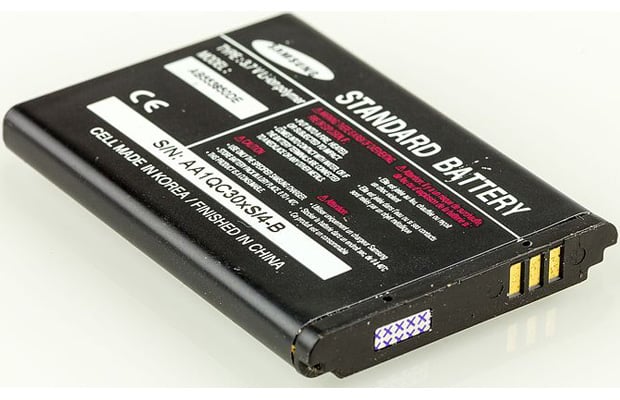Researchers Develop Lithium Ion Battery With Built-In Fire Extinguisher

What happened to Samsung and its Galaxy Note 7 can be considered a wake-up call for battery makers and consumers alike, or at least it should be. Despite whatever safety precautions Samsung took to ensure its Galaxy Note 7 would function properly, the batteries inside were prone to overheating and catching fire, which led to a global recall. It's an issue that has affected other electronic makers in the past, but maybe one that can be prevented in the future. To that end, a group of researchers from Stanford University developed a lithium-ion battery with a built-in fire extinguisher.
"Although the energy densities of batteries continue to increase, safety problems (for example, fires and explosions) associated with the use of highly flammable liquid organic electrolytes remain a big issue, significantly hindering further practical applications of the next generation of high-energy batteries. We have fabricated a novel “smart” nonwoven electrospun separator with thermal-triggered flame-retardant properties for lithium-ion batteries," the researchers state in their paper.
The researchers added a popular flame retardant called triphenyl phosphate to the plastic fibers that separate the positive and negative electrodes. Should the battery reach around 150C, the plastic fibers would begin to melt and release the triphenyl phosphate so that it could put out any potential fire. The researchers said they chose triphenyl phosphate because it is popularly used, cheap, and efficient.

Source: Stanford University
"Moreover, the air pollution level after combustion is much lower than that when halogen-based flame retardants are used. With this smart and adaptive material (38) in the battery, we do not have to make a trade-off between the electrolyte non-flammability and the electrochemical performance of the battery," the researchers added.
This proved an effective method. In tests, battery fires were put out in as little as 0.4 seconds. Testing also showed that battery performance was not negatively affected. The downside is that small amounts of flame retardant diffused through the polymer capsule into the electrolyte after charging and discharging the lithium battery a few hundred times.
While further testing is needed, this is a promising technology that could prevent personal and property damage.

